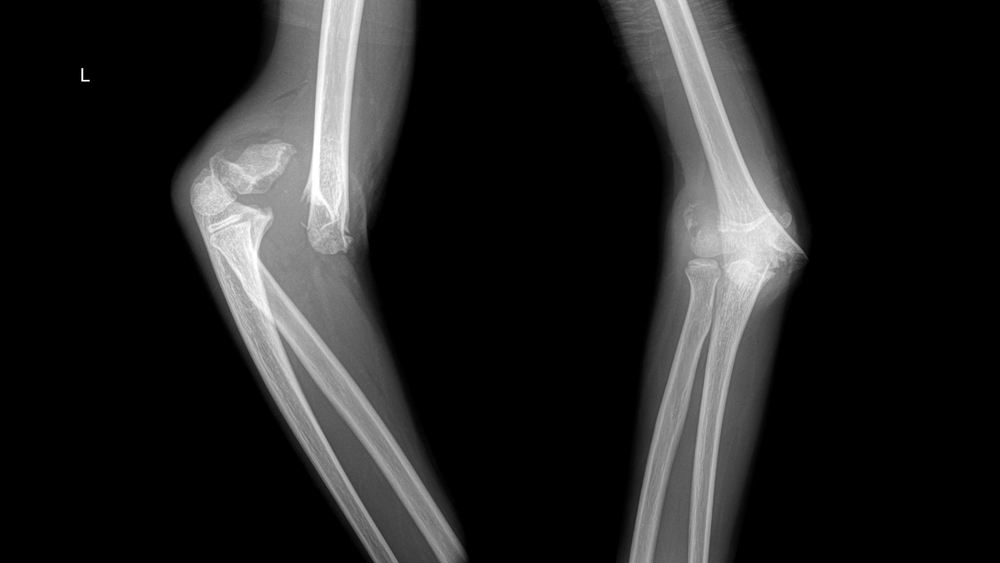Every year, millions of patients undergo radiology exams and diagnostic imaging to identify the presence or absence of certain disease conditions within the body. Radiology plays a vital role in identifying abnormalities and guiding doctors towards the best treatment and management plan for their patients. In this blog post, we’ll be discussing the most commonly diagnosed abnormalities in radiology. By understanding the different types of abnormalities that may show up on your results, you can gain a better understanding of your condition and the steps you need to take to manage it effectively.
1. Tumors
Tumors are masses of cells that grow abnormally and can be either cancerous or non-cancerous. Radiology exams, such as CT scans, MRI, and X-rays, are some of the most common ways to identify the presence of tumors. Depending on the size and location of the tumor, your doctor may recommend different treatment options, such as surgery, chemotherapy, or radiation therapy.
2. Fractures
Fractures are common injuries that occur when bones break due to sudden impact or force. Radiology exams such as X-rays and CT scans are the most popular methods for diagnosing fractures. The results of the radiology exam can help your doctor determine the severity of the fracture and the best approach to treatment, including immobilization, surgery, or the use of rehabilitation exercises.
3. Kidney Stones
Kidney stones are solid, hard deposits that form in the kidneys. These stones can cause severe pain and affect the functioning of the urinary system. Radiology exams, such as CT scans and X-rays, can help identify the location, size, and composition of kidney stones, making it easier for your doctor to develop an effective treatment plan that may involve medication, lifestyle changes, or surgery.
4. Arthritis
Arthritis is a condition characterized by the inflammation of the joints, causing pain, swelling, and stiffness. Radiology exams such as X-rays and MRI scans are used to identify arthritis with the help of imaging techniques. These scans can help your doctor understand the extent and severity of the condition and recommend the best treatment options, including medication, physical therapy, or surgery.
5. Digestive System Abnormalities
Radiology exams can help diagnose various digestive system abnormalities, including ulcers, reflux, and bowel obstructions. These abnormalities are identified through imaging techniques such as X-rays, CT scans, and MRI scans, which can help your doctor determine the cause and severity of the condition. Based on the results of the exam, your doctor may suggest lifestyle changes, medication, or surgery.
Radiology plays a crucial role in the diagnosis and management of various medical conditions. By understanding the most commonly diagnosed abnormalities in radiology, patients can develop a better understanding of their condition, making them more informed when discussing treatment options with their doctor. Regular radiology exams can help identify abnormalities early, allowing your doctor to develop an effective treatment plan that can help you manage your condition and improve your quality of life. If you’re thinking of undergoing a radiology exam, it’s best to talk to your doctor and discuss what to expect to prepare yourself mentally and physically.

